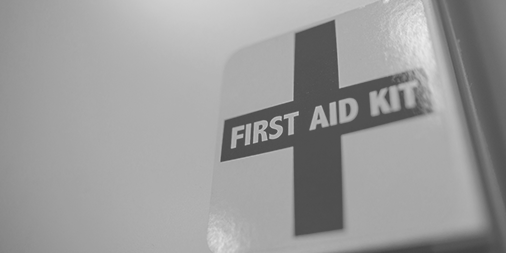Insurers have a number of tools at their disposal to change the behavior of their policyholders. This should be relatively unsurprising. Once an insurer indemnifies a policyholder from loss, it is the insurer’s money at risk, not the policyholder’s—if the policyholder suffers a loss, the insurer must pay the cost of the loss. And insurers hate to lose money just like you and me. It is therefore in the insurer’s interest to either demand or encourage policyholders to take more precaution.
As earlier research noted, insurers can do so in a number of ways, including (1) pricing based on the risk that the policyholder will suffer a loss– which should encourage people to reduce exposure to claims to avoid higher prices; (2) creating an underwriting relationship to collect and provide loss prevention advice; (3) designing contracts so that policyholders are not fully insured from a loss and thus have some skin in the game and/or eliminate high-risk behaviors from coverage; (4) managing the defense and settlement of claims to limit the concern that policyholders will ignore the cost of the claim once it occurs; and (5) providing loss prevention services and advice to their clients based on their extensive experience with loss-causing behavior. In most explanations of insurance, insurers are thought to use these tools to bludgeon policyholders into better behavior. Insurers with better loss prevention tools will have a better book of business and a corresponding competitive advantage.
In a forthcoming article, Tom Baker from the University of Pennsylvania and I suggest that this is a thin account of the insurance relationship—at least in certain spheres. Baker and I have been researching legal professional liability insurance at large law firms. In that context, insurers aren’t pushing unwanted loss prevention on recalcitrant law firms; many firms affirmatively want to know the liability risks and the best ways to avoid them.
Why are law firms demanding this information as much as insurers are pushing it? First, even if law firms are fully indemnified, which is unlikely given insurance retentions or deductibles, law firms don’t want to be sued. Lawsuits are the lingua franca of the legal profession. Malpractice suits are often publicized in trade publications and hurt the reputation of the individual lawyers and firms. This, in turn, could undermine an individual’s or firms’ ability to generate new clients and business.
Law firms may also want the loss prevention advice because they are afraid to be outside the norm. Law firms are deeply competitive places. They want to know what their peer firms are doing. If they find out they have more claims or higher losses than their peers, they want to know what they are doing differently—in broad and specific terms. What is different about our clients, our billing, out policies and procedures, our governance, our training?
If the policyholder suffers a loss, the insurer must pay the cost of the loss. And insurers hate to lose money just like you and me.
Lastly, individual lawyers at large firms may have significant wealth tied up in the equity of the firm. Unlike directors and officers at large corporations, the law firm’s bottom line and continued financial health may have a significant impact on the lawyers’ pockets.
For these reasons, it is no surprise that firms demand information about how to protect themselves and their brands. This suggests a different explanation for why insurers provide loss prevention advice. This advice is not just a means of mitigating moral hazard; it is a marketing device. Insurers and brokers who can provide that information have a valuable resource to offer. Long-term relationships might enhance loss prevention advice, thus more tightly binding firms as clients to those brokers and insurers that provide the information. Thus, it may be that insurers and brokers are not just pushing these best practices on law firms. Rather it may be that law firms are also pulling this information from their insurers and brokers.
This research suggests a change to the conceptual model of tort law as deterrence by offering an institutionally informed explanation of how the non-diversifiable consequences of liability can lead to a demand for loss prevention services bundled with risk transfer. Because law firms cannot transfer all of the risks of a malpractice claim, they demand help to avoid the claims. Those institutions that can provide that help may have a market advantage over competitors.
This is the first of two posts by Professor Swedloff (LL.M. ’08) on his ongoing research into legal professional liability insurance.
